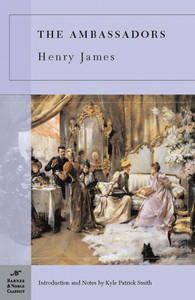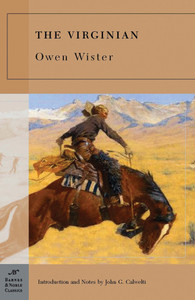The Beautiful and Damned, by F. Scott Fitzgerald, is part of the Barnes & Noble Classics series, which offers quality editions at affordable prices to the student and the general reader, including new scholarship, thoughtful design, and pages of carefully crafted extras. Here are some of the remarkable features of Barnes & Noble Classics:
New introductions commissioned from today's top writers and scholars Biographies of the authors Chronologies of contemporary historical, biographical, and cultural events Footnotes and endnotes Selective discussions of imitations, parodies, poems, books, plays, paintings, operas, statuary, and films inspired by the work Comments by other famous authors Study questions to challenge the reader's viewpoints and expectations Bibliographies for further reading Indices & Glossaries, when appropriateAll editions are beautifully designed and are printed to superior specifications; some include illustrations of historical interest. Barnes & Noble Classics pulls together a constellation of influencesbiographical, historical, and literaryto enrich each reader's understanding of these enduring works.
In 1921 F. Scott Fitzgerald was twenty-five and heralded as the most promising writer of his generation, owing to the success of his first novel This Side of Paradise. Recently married to the girl of his dreams, the former Zelda Sayre, Fitzgerald built upon his sudden prosperity with The Beautiful and the Damned, a cautionary tale of reckless ambition and squandered talent set amid the glitter of Jazz Age New York.
The novel chronicles the relationship of Anthony Patch, a Harvard-educated, aspiring writer, and his beautiful young wife, Gloria. While they wait for Anthonys grandfather to die and pass his millions on to them, the young couple enjoys an endless string of parties, traveling, and extravagance. Beginning with the pop and fizz of life itself, The Beautiful and the Damned quickly evolves into a scathing chronicle of a dying marriage and a hedonistic society in which beauty is all too fleeting.
A fierce parable about the illusory quality of dreams, the intractable nature of reality, and the ruin wrought by time, The Beautiful and the Damned eerily anticipates the dissipation and decline that would come to the Fitzgeralds themselves before the decade had run its course.
Pagan Harleman studied literature at Columbia College, then traveled extensively in the Middle East and West Africa before receiving an MFA from New York Universitys graduate film program. While at NYU she made several award-winning shorts and received the Deans Fellowship, the Steven Tisch Fellowship, and a Directors Craft Award.







